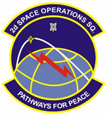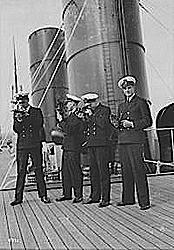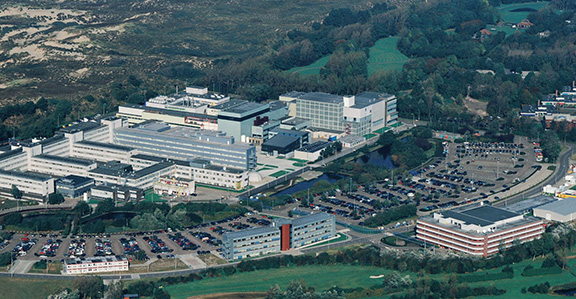The Return of SVN49

In an effort to improve constellation sustainment, on or about Feb. 1, 2012, SVN-49 will resume transmitting an L-band signal using PRN24 as a test asset, according to the U.S. Air Force Space Command. Upon completion of the test event, SVN-49 will once again be decommissioned from active service. PRN24 will then once again be available for future satellite service.
By Inside GNSS














